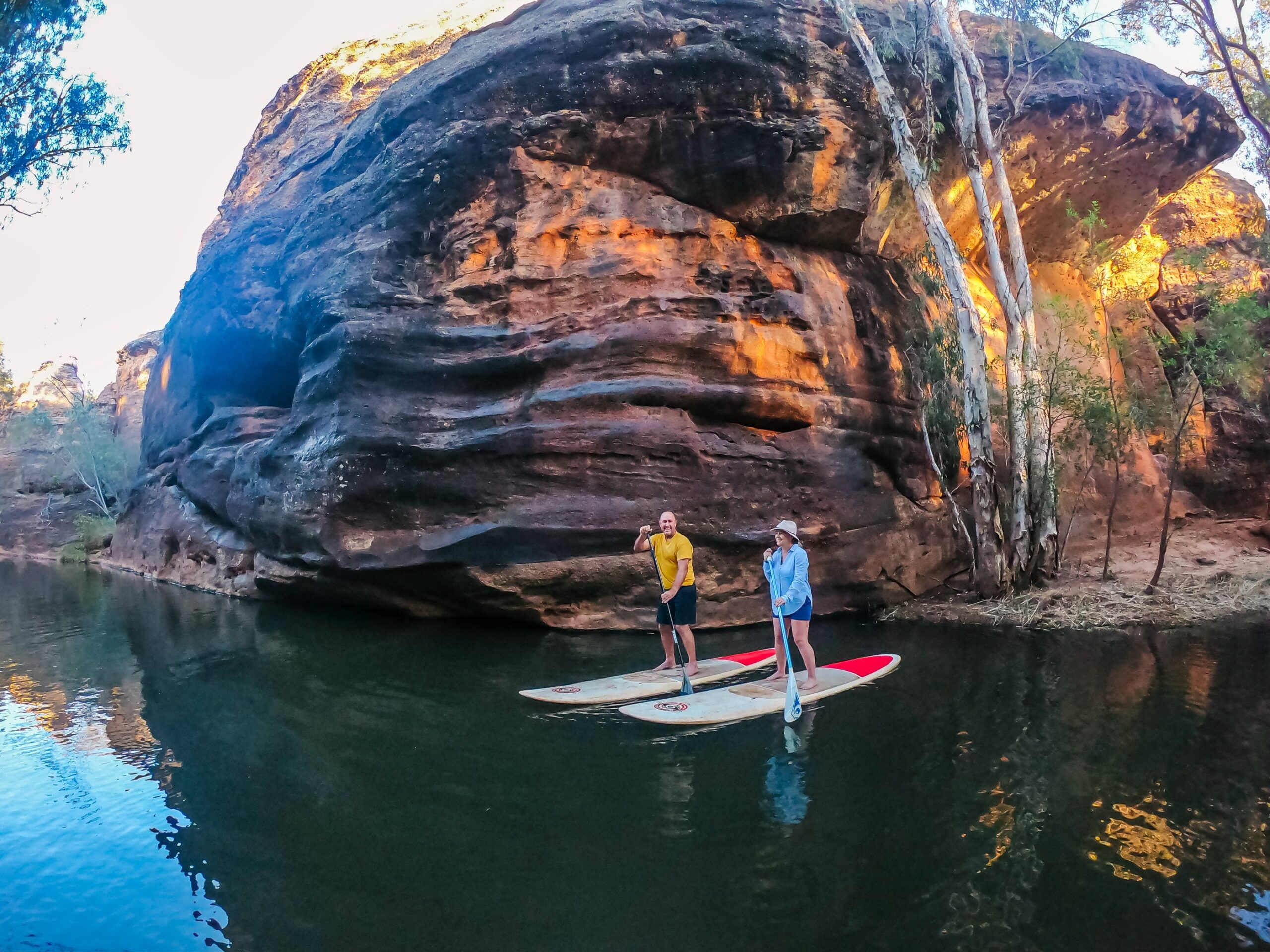Queensland parks strategy will take 1,000 years to deliver at current rate
Queensland conservation groups today released a progress report on the growth of the state’s national parks and private reserves. The report reviews the implementation of the Queensland Government’s Protected Areas Strategy 2020-30 over the 12 months since the strategy was released in October 2020.
In the strategy, the Palaszczuk Government sets out a vision for a ‘world class’ protected area system, including a promise to double the area of protected land in Queensland from 8.2% to 17%, an increase of 15 million hectares.
However, over the past 12 months, the Queensland Government has only protected 15,699 hectares in new national parks and nature refuges.
“It will take nearly 1,000 years for the Palaszczuk Government to meet its protected area target at the current rate of expansion,” said Pepe Clarke, spokesperson for the Pew Charitable Trusts.
“Queensland needs to expand and effectively manage its protected area network to conserve threatened species and prevent extinctions. Now, more than ever, we need bold action to protect our native wildlife,” said Andrew Picone, spokesperson for the Queensland Conservation Council.
“To fulfil the Queensland Government’s vision of a world class protected area system, we need strong leadership and increased investment in national parks, private protected areas and Indigenous-led conservation”, said Susanne Cooper, President of the National Parks Association of Queensland.
“Queensland’s protected areas provide a vital haven for wildlife, underpin our nature-based tourism industry and provide world class recreation opportunities. Increased investment in the 2022 state budget will benefit regional communities by boosting tourism and providing meaningful work,” said Ms Cooper.
“There have been a number of very positive developments over the past year, including the declaration of the Glen Rock National Park and Conservation Park and the return of five national parks to traditional owners,” said Mr Picone.
“Conservationists warmly welcome the historic return of the Daintree, Hope Island, Ngalba Bulal and Kalkajaka (Black Mountain) National Parks to the Eastern Kuku Yalanji People and Gheebulum Kunungai (Moreton Island) National Park to the Quandamooka People,” said Mr Clarke.
Notes for editors:
- The rate of protected area establishment has declined dramatically since the Protected Area Strategy was released in October 2020. From 2015-2020, the Palaszczuk Government protected an average of 207,728 hectares per year. In 2020-2021, this figure dropped by more than 90% to 15,699 hectares.
- The Palaszczuk Government’s performance on protected areas compares unfavourably with previous governments, including the Bligh Government, which expanded Queensland’s protected area network by more than 600,000 hectares per year, on average, during their time in government.
- National parks and protected areas bring great prosperity to Queenslanders. University of Queensland research estimated visitor spending associated with national parks at $3.7 billion per year, supporting over 24,000 jobs across Queensland.
- Queensland has the lowest percentage of land in protected areas in Australia: 8.2%, compared with a national average of 20%.
You can read the final report here
Quotes from regional conservation organisations
North Queensland (Crystal Falknau, North Queensland Conservation Council)
“From (Yunbenun) Magnetic Island National Park to Cobbold Gorge Nature Refuge, protected areas are the foundation of both nature conservation and eco-tourism in North Queensland – bringing in millions of visitors to North Queensland every year.”
“Investing in national parks and protected areas on private land means investing in employment and training opportunities for North Queenslanders, particularly in Indigenous land and sea management and tourism.”
Gold Coast (Jessica Lovegrove-Walsh, Gold Coast Environment Council)
“The Gold Coast knows just how much our national parks and natural areas contribute to our community. From Springbrook National Park to Burleigh National Park, protected areas are a home for our native wildlife and are powerful draw cards to tourists visiting our area.”
“Gold Coasters love nature – it’s why we live here – but our region and the whole of Queensland have so much to gain from more, well-managed national parks and protected areas on private land. We need to make rangers and landholders are well-resourced to keep our landscapes healthy.”
Sunshine Coast (Narelle McCarthy, Sunshine Coast Environment Council)
“National parks contribute over $500 million per year to the Sunshine Coast and provide over 3,000 direct and indirect jobs to the region according to research done by UQ.”
“The Sunshine Coast’s natural assets continue to be a cornerstone of our economy and critical to protecting biodiversity.”
“While the Queensland Government stalls on creating national parks and nature refuge on both the Sunshine Coast and across Queensland, our region and our state are missing out on the prosperity that comes with protecting nature – health and wellbeing, job opportunities and eco-tourism.”

